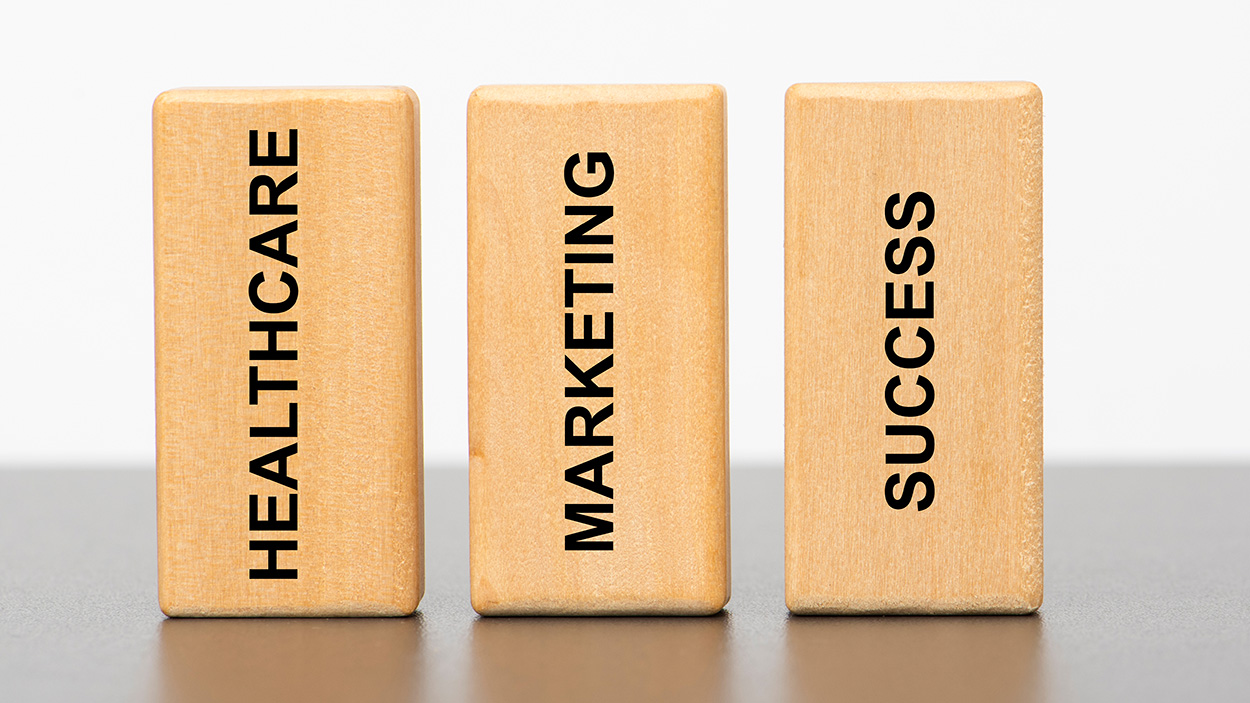So you have an Online Store – now what? The adage “Build it and they will come” doesn’t work when talking about websites, as we talked in part one and two of our blog series.
So you will have to invest at the correct level to drive traffic and for many brands or retailers that translates to maybe 8-15% of revenue – it depends on the market, product, and how established the business is. The trick will be to develop a marketing blueprint that builds your organic traffic, forms your loyal customer base while also funding new customer acquisition through paid advertising.
Use Analytics to Understand the Value of Your Sales
Assuming that you have correctly set up your web analytics, then the starting point for this process is to understand the value of every sale. That means looking at both revenue and margin, or the lifetime value of every new customer, as that tells you what you can afford to spend to acquire that sale. When you know the cost per acquisition, you can determine what sort of return you need from each of your marketing investments. For eCommerce sites with large catalogs, you need to understand this at least at the product-category level but preferably at the individual product level.
I frequently meet clients who have then put all their advertising activity into one channel, either Facebook or Google Paid Search, for example. For smaller clients, that might be ok due to limits on the available budget to invest, but for most cases, it takes a mix of different channels – to arrive at the most optimized solution. When you have multiple campaigns in the market, then it is increasingly important to understand how they interact with each other, this is called attribution. Up until recently, most analytics gave all the credit to the channel that created the last click before the customer purchased. In reality, a customer might have seen a Facebook ad after opening an email and then did a Google search before purchasing. So it’s essential to understand attribution modeling and how to use it between your different channels. But don’t make it over-complicated, good enough will do in this case.
Those familiar with the traditional marketing funnel will tell you that people go through three phases
- Awareness where they learn about your Brand/Store
- Consideration – where they engage with your Brand/Store
- Conversion – They purchase from your Brand/Store
So your campaign planning should account for these three stages. Each business will have a different set of priorities at different times, and the campaign plan or marketing blueprint needs to adapt to those priorities.
Here are some general guidelines and thoughts:
- Make sure you are at least capturing any business that already exists out there for you.
- Ensure your site is optimized for Generic Search engine traffic because, in almost every case, I have seen this is the best converting traffic you can get. This optimization is always a long-running project, but this cannot be overlooked.
Use Google Paid Search as an Interim Strategy
SEO takes time to build traffic, so in the short term, to drive immediate traffic, you should use Google Paid Search. However, this can be expensive in the early days of a store – so your first objective should be to develop a campaign that at least breaks even in terms of cost versus revenue generated. Once you have achieved that, then you can start to expand it out and scale it up. Initially, you will need to decide a budget that you can afford to invest as a two to three-month discovery project. It needs to be big enough to deliver you at least 1000 clicks. If you cannot get to that breakeven point in the first three months, then pause it to return to it at a later stage. You may need to address the conversion rate of your site to improve the return, but at least you will have more information about what people are searching for. Alternatively, you may need to use Google Search and Specific landing pages to focus your effort on selling a particular product or category at the right time – especially if there is some element of seasonality to some of your product sales.
Quick Tip – for seasonal campaigns, build SEO friendly Campaign pages and never take them down (you can remove them from your general site navigation) once the campaign is finished. Update and refresh them so next year they will have built up additional SEO equity and traffic.
Email marketing is the next priority, and there are three things to ensure:
- Make sure that you are growing your subscriber list through unobtrusive eMail capture like exit intent forms.
- Build a content plan that engages your audience and is not just a series of promotions and discounts.
- Segment your list to send the right content to people who have not bought from you versus those that have.
To grow your business, you either need to find new customers, have your existing customers buy more frequently, or increase the average amount that they spend. Finding new customers tends to be more expensive than nurturing those you already have – which is why email is so important.
Grow Your Email Subscriber List
Exit intent banners are critical to growing your email subscriber list. Don’t annoy customers by presenting them with a popup when they reach your site, but rather when they are ready to leave and have not bought something. Use that time to capture their emails in return for some content of value or interest to them. It costs you money to get them to your site, so don’t let them leave empty-handed if you can avoid it. Make sure someone in the team has responsibility for driving this cadence.
Once you are capturing those customers who already know you and are most likely to purchase from you, your attention can move to how to build awareness of your store and brand. Here the KPIs are slightly different. You want to reach as many people as possible in as affordable a way as possible. You have to remember that generally, people need to see between 4 to 8 ads before they will engage at all with your store. This is where we would typically use Facebook, Youtube, or Programmatic Display to grow the visibility of your brand. Your Facebook campaigns should start with the mission to introduce yourself to your audience. The creative needs to be ‘thumb-stopping’ and educational. This is where the short-form video is essential. It gives you the ability to talk about what you do and, more importantly, why you do it and why the person watching this should buy from you – selling a specific product comes later.
Don’t Forget About YouTube
YouTube is another generally underutilized platform, especially as viewing habits change among younger demographics. Platforms like Adroll will also help in terms of prospecting for new audiences that are of similar intent to your currently converting customers (but it does need a reasonable amount of data to perform successfully and, of course, another pixel installed).
Retargeting campaigns become vital as you begin to grow your audience – this is how you get a return for the awareness building activity you are doing. You can retarget your Facebook traffic and your website traffic – form an eCommerce perspective. Build out creative products based on categories that you can then use to convert customers, or you can show to segments that purchased one type but not another. You should also consider how you are going to remove purchasers from your retargeting audience. There is nothing more irritating than an ad following you around for a product that you have already bought. With a little bit of work with your audience definitions, you can avoid that happening.
Conclusion
So there are two things you need to take away. Firstly, if you are running an eCommerce store, then you have to invest at the right level in demand generation activity to be successful. Secondly, there are always more things to do than you or your team can reasonably take on in one go. You need to develop the right Digital Marketing blueprint that recognizes your ability to invest in these tactics. Generally, this is a balance between time/speed and money. The more budget you have available to spend then the faster you can go.
If you start by understanding the required economics of your campaigns in terms of where your break even point is, then you have an excellent starting point. That way, you know you are never wasting a budget.
Having a blueprint to follow and a partner who can look over your entire spectrum of digital activities and help you develop that blueprint is essential. Growing and scaling an eCommerce business is something that has to improve every day. Just when you think you have it cracked, something will change in the environment – a new competitor will emerge, someone with insanely aggressive pricing will try to buy market share, the product tastes will change, and so on. You are open to more outside influences more quickly in the online world. Understanding your roadmap, interpreting what your data is telling you, and making the right changes are all part of the journey. Digital marketing is an exciting space, exhausting at times, but exhilarating when you see the successes.





